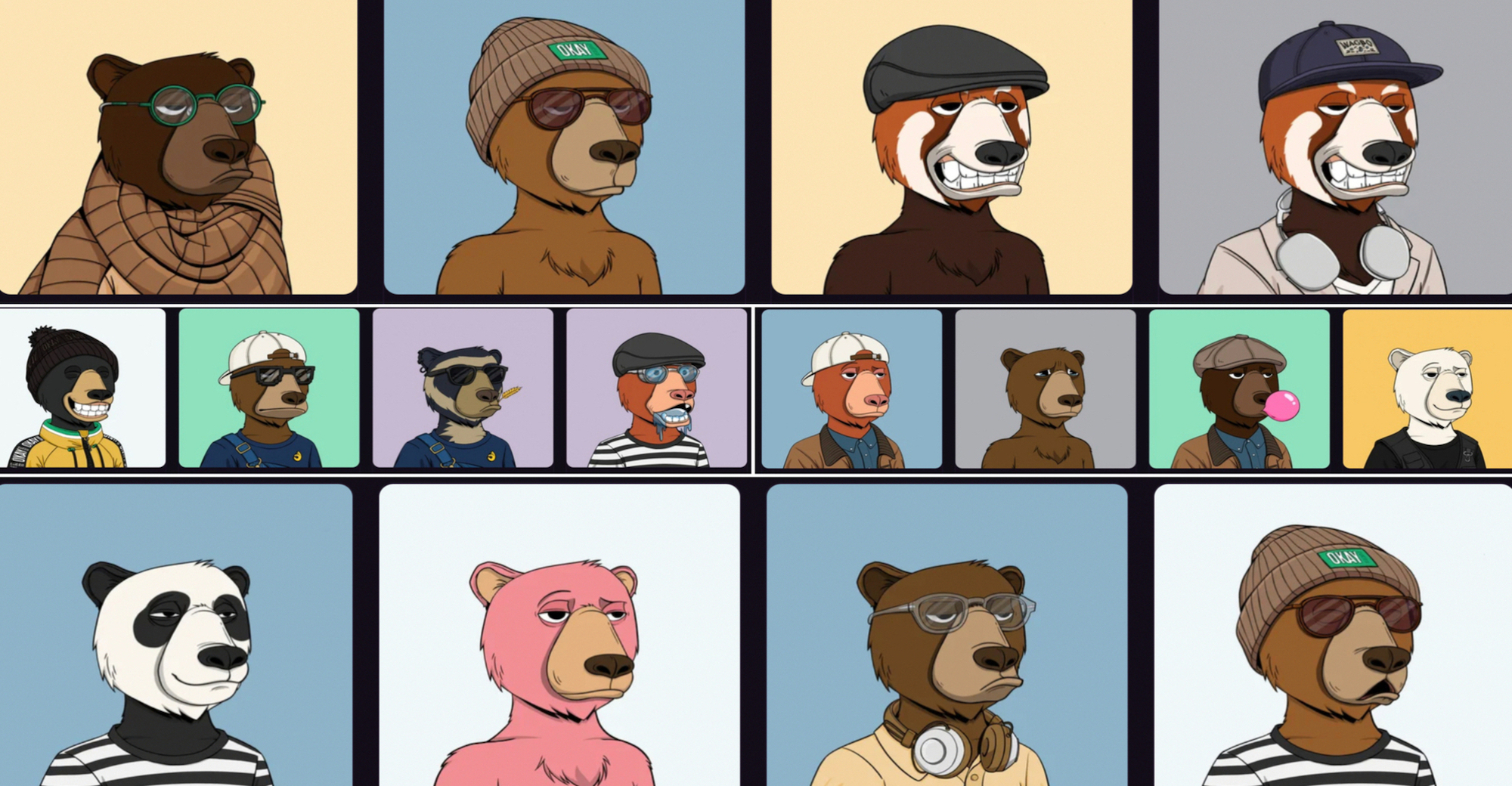KurateDAO: It’s Time to Redefine Creators
It has been a consensus that the creator economy will be reformed and revolutionized during the era of Web3. Most creator-economy-related projects are now focusing on production. For example, platforms such as Euterpe and Rocki want to benefit music creators while another platform, Mirror, wants to help writers with their finances. However, to produce artwork is a very narrow and incomplete definition of the true meaning of the word “creation” and, by this definition, only a small portion of the population are creators. Some people might not be good at producing an eye-catching videos, but they know where to find reliable and promising resources and how to sort them. Some people might not be able to provide recipes for fancy dishes, but they know a wonderful restaurant in the city and are willing to share that information. Are they creators? To me, they are.
KurateDAO is one such program that aims to expand the definition of “creator“ in the Web3 creator economy. Kurate, the homophony of curate, implies the way in which projects are designed. In the traditional art world, curate means to “select, organize, and look after the items in a collection or exhibition”. If we apply the process more broadly, the sample size grows substantially. In its whitepaper, KurateDAO provides a long list of potential applications and personas covering Web2 people to crypto natives, to NFT holders, to technology newbies. These include:
- Foodies need a selection of tantalizing restaurants;
- Jobhunters need a roster of companies complete with salary range, immigration policy, benefits information, etc.;
- Crypto newbies want a database of learning materials to know how blockchain work;
- NFT collectors want to show off their collections;
- Crypto natives want to know where they can yield farm for higher returns.
The list can go on.
KurateDAO is truly ambitious. If there were any other play-to-earn, promote-to-earn, or whatever-to-earn projects planning to subvert one niche market, KurateDAO seems set to take on the likes of Google, Yelp, Pinterest, Glassdoor, Wikipedia, TripAdvisor, and any of the other typical places that might think of going to first for your information needs.
Traditionally, there have been two key roles involved in the curation process: curators, those who organize and look after the items; and, scouts, those who find and select the items. Certainly, every exhibition wants viewers to see what they have on offer. KurateDAO copies a similar infrastructure. By design, there are three roles to create a new “exhibition” :
- Curators – They decide what the exhibition is about, set the rules of it, and make final decisions on whether or not a new item is accepted when it cannot be resolved by the scouts.
- Scouts – They contribute content and earn tokens proportionally to how much their content is viewed. Or, they state if they think that a new item should be included or excluded and earn when they accurately predict the future adjudication of a curator.
- Viewers – They pay for ad-free content or bear ads before being able to access the content. A further application here is a fellowship.
The production of an “exhibition” can be divided into four main steps:
- To create. A curator creates a new exhibition with a specific purpose. For example, must-try restaurants in New York.
- To add. A scout raises their hand, “I know one!”, and adds the restaurant to the list with 1 token.
- To vote. No.2 scout reviews the list and feels the newly added restaurant is no good so this person puts 2 tokens against the idea of adding the new item. No.3 scout views the list as well and finds their favorite restaurant was just removed from the list. They feel the restaurant should remain on the list and so stake 4 tokens to see the restaurant added in again. This token-doubling betting process continues until either no new bets are placed or the token pool for a row crosses the pre-determined token threshold. When the latter condition occurs, the curator will make the final decision on whether the restaurant should be added or not.
- To distribute. The token pools are distributed by the curator, the network, and those who bet on the right side.
The whole protocol process may sound a little bit like Texas Hold’em, either doubling or folding. I am not sure whether the founding team of the company is a big fan of Texas Hold’em but the protocol design truly reminds me of the classic card game.
To summarize, the curator holds a certain level of autonomy while scouts can reach a high level of participation with even very small contributions, such as simply contributing a review on a site like Yelp. To be honest, who doesn’t have some fragmented and unsystematic information? They now can have real monetized value under KurateDAO’s proposal.
In general, I love the idea of KurateDAO since I am personally stuck in an ocean of information all the time. I still remember when I first joined the blockchain industry, I asked almost all my co-workers where I could start my learning. I had found a lot of learning materials online but still felt confused about what to do next. The situation didn’t change until I attended conference at which one of the speakers talked about the appropriate learning path to take. The money was well spent as it saved me hours endless searching and asking around.
SEE ALSO: China NFT Weekly: Jay Chou’s Bored Ape Got Stolen
However, if I had to say that something could be improved, it’s access to information such as I was looking for in regard to blockchain technology. KurateDAO doesn’t change the relationship between viewers and curators/ scouts as they are still passive learners and receivers in the current system. But if KurateDAO would consider financing viewers when they promote and share the exhibition, then that would make their ecosystem even more complete and attractive.






